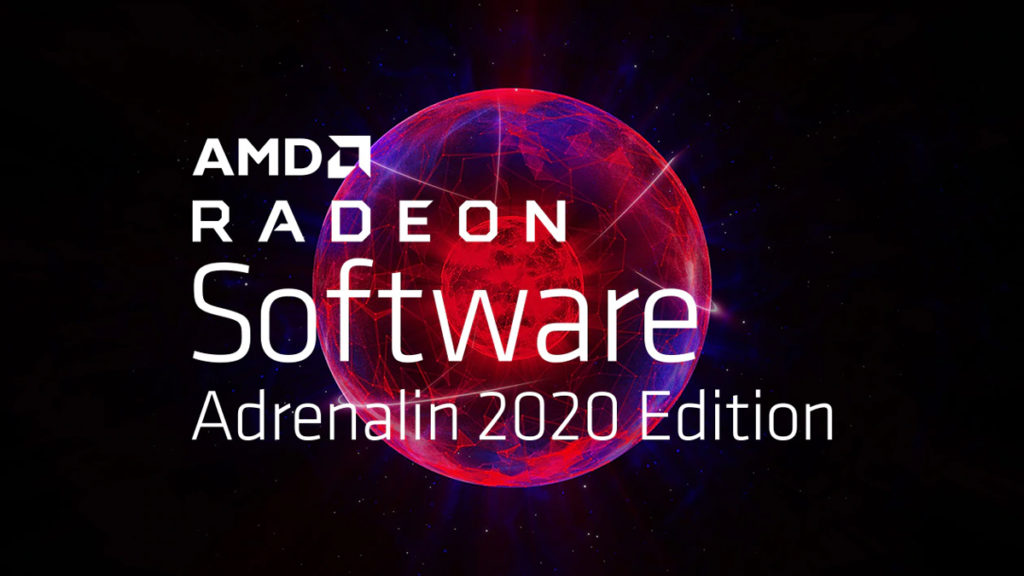- Joined
- May 6, 2019
- Messages
- 12,595
- Points
- 113
Image: AMD
AMD has released Radeon Software Adrenalin 21.6.1. The latest driver adds support for Radeon RX 6800M mobile graphics for laptops, Tuque Games’ new Dungeons & Dragons: Dark Alliance title, as well as FidelityFX Super Resolution (FSR) support for select titles. According to a leaked list, the first titles to support FSR at launch are 22 Racing Series, Anno 1800, Evil Genius 2, Godfall, Kingshunt, Terminator: Resistance, and The Riftbreaker.
Fixed Issues
Radeon FreeSync may intermittently become locked while on desktop after performing task switching between extended and primary displays upon closing a game, causing poor performance or stuttering.Anno 1800 may crash upon launching this game when running DirectX 12.AMD cleanup utility may clean up chipset/RAID installer related folders/registries from the system.Some Radeon Graphics...
Continue reading...
